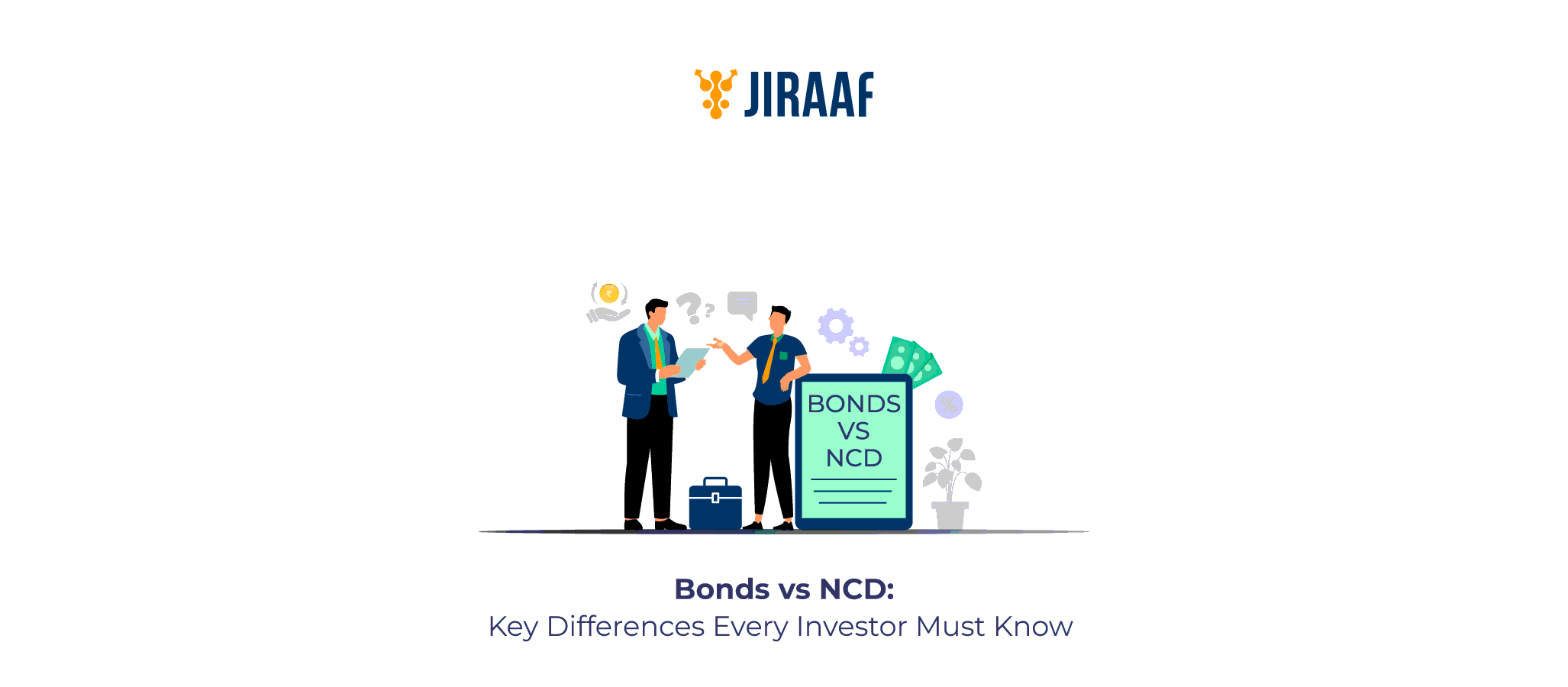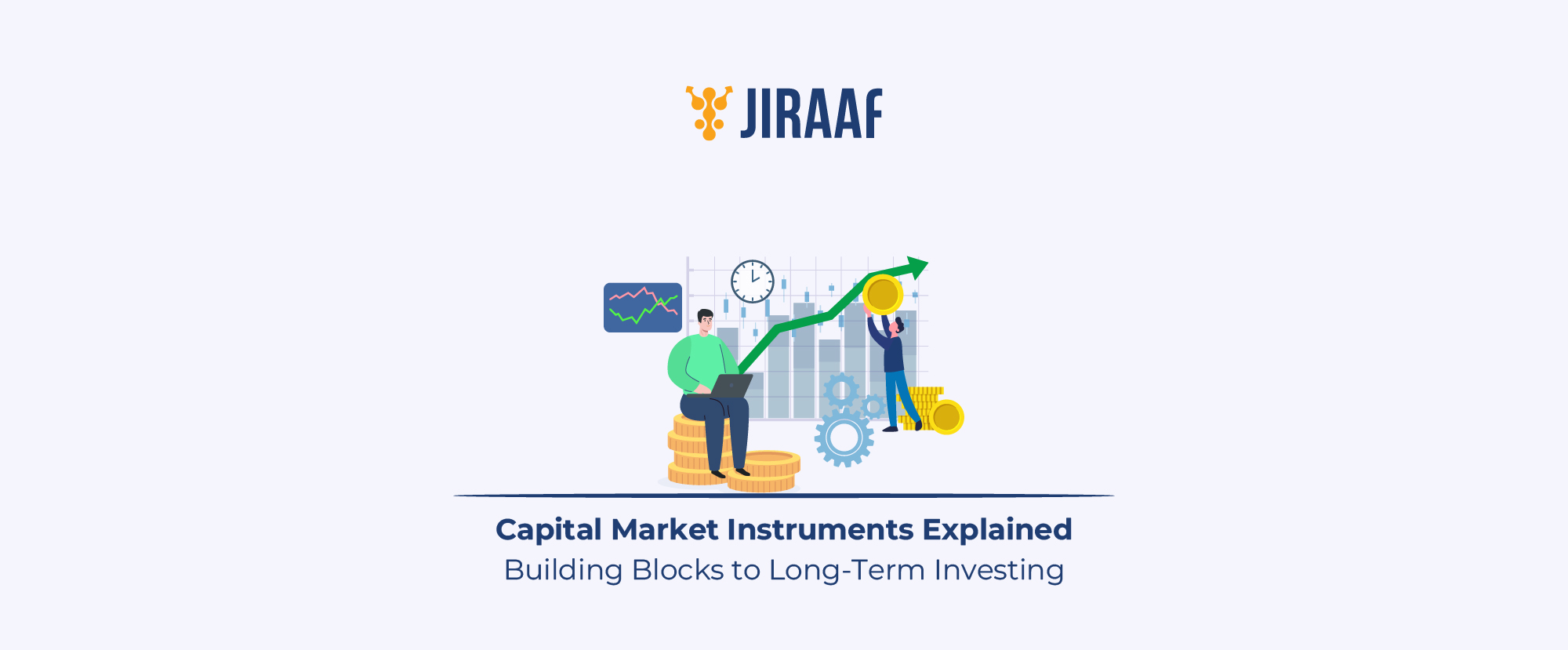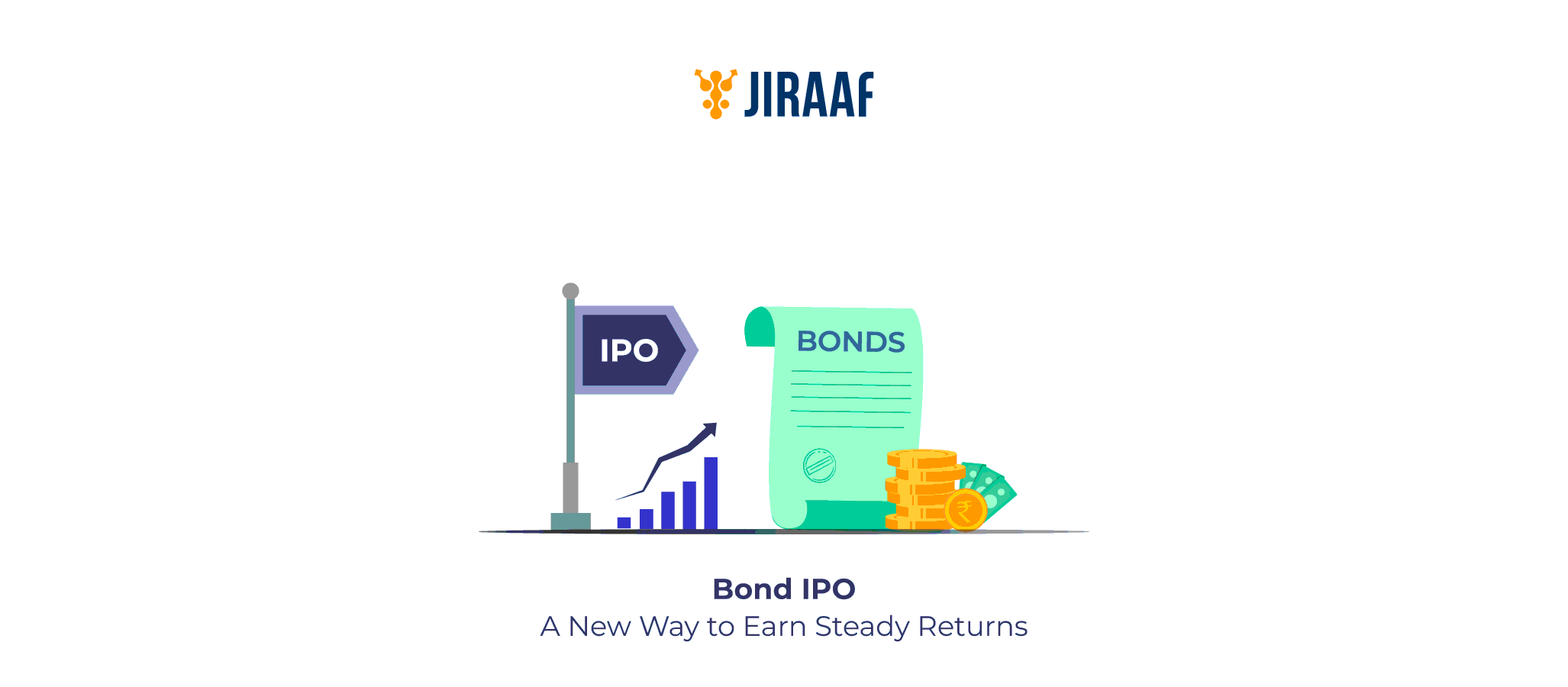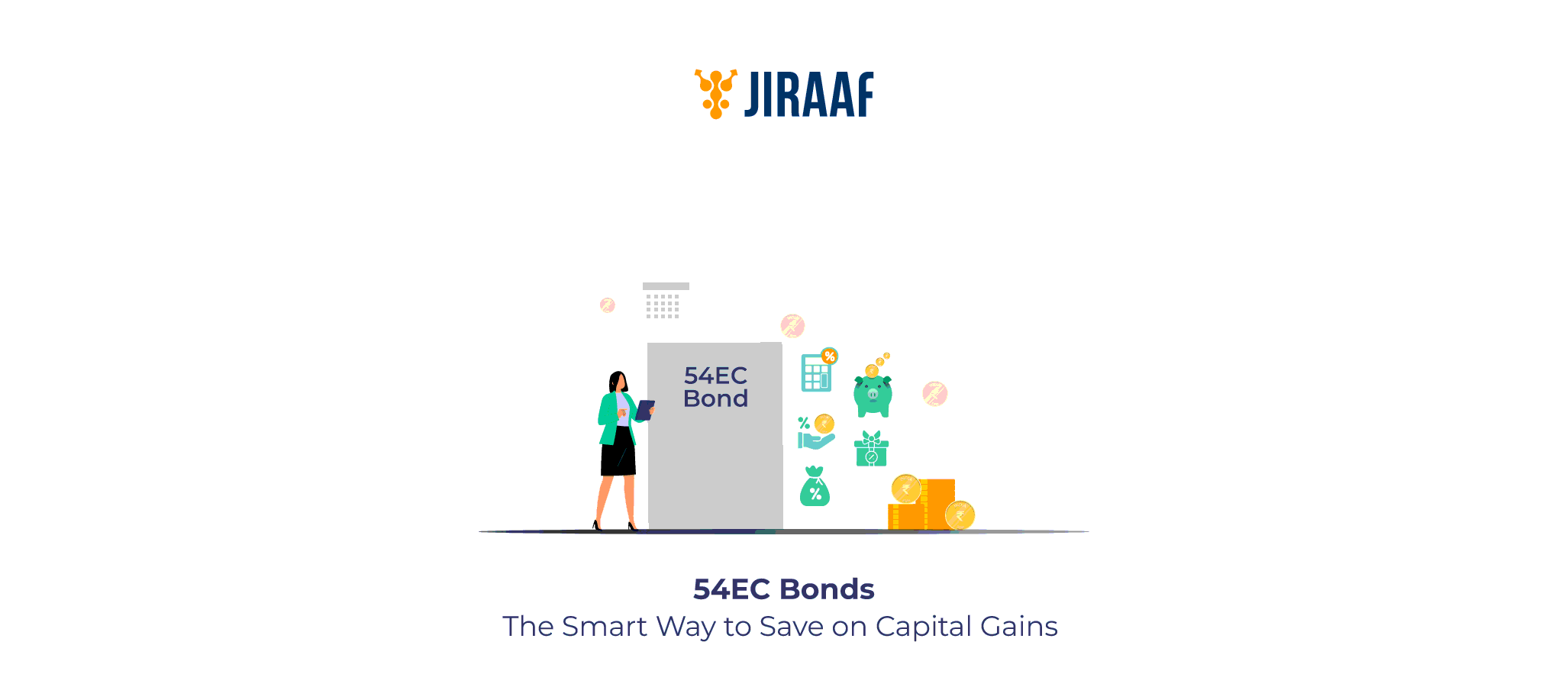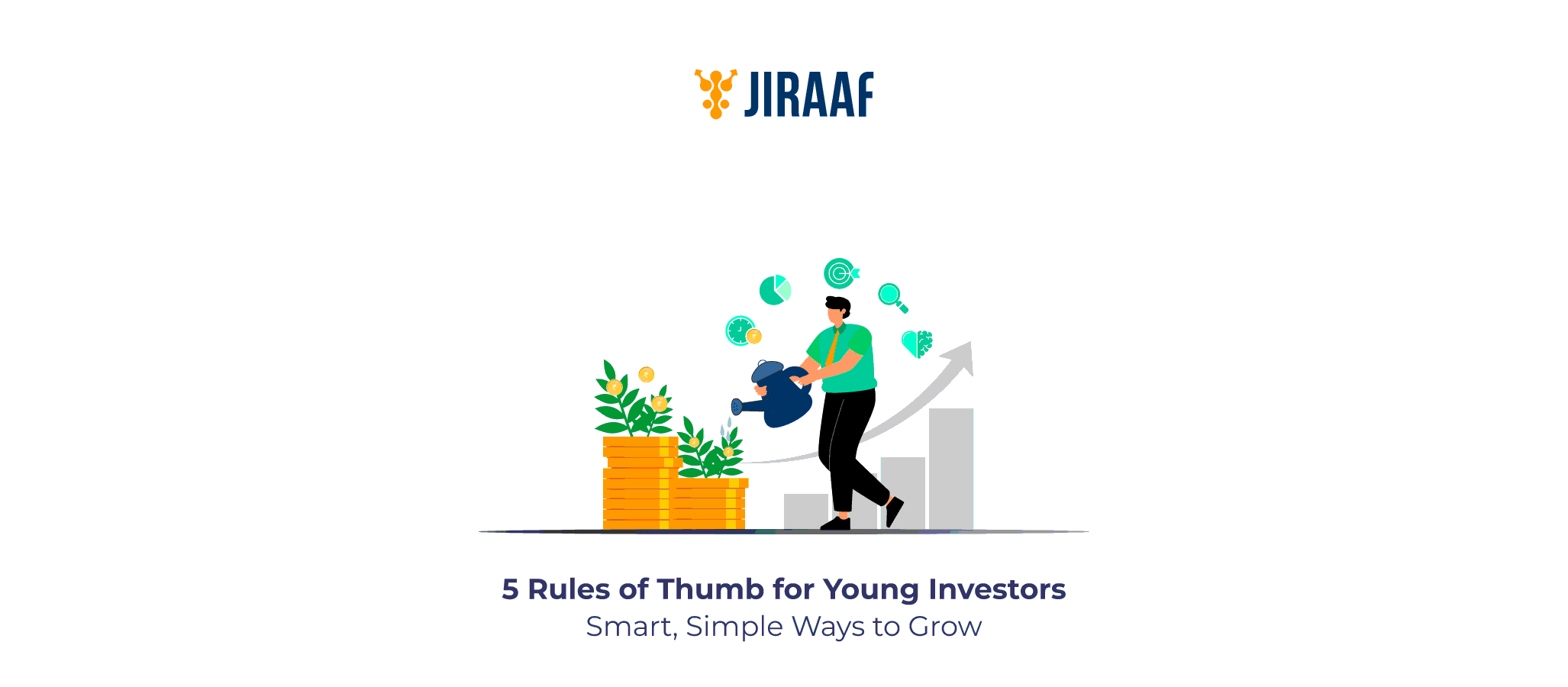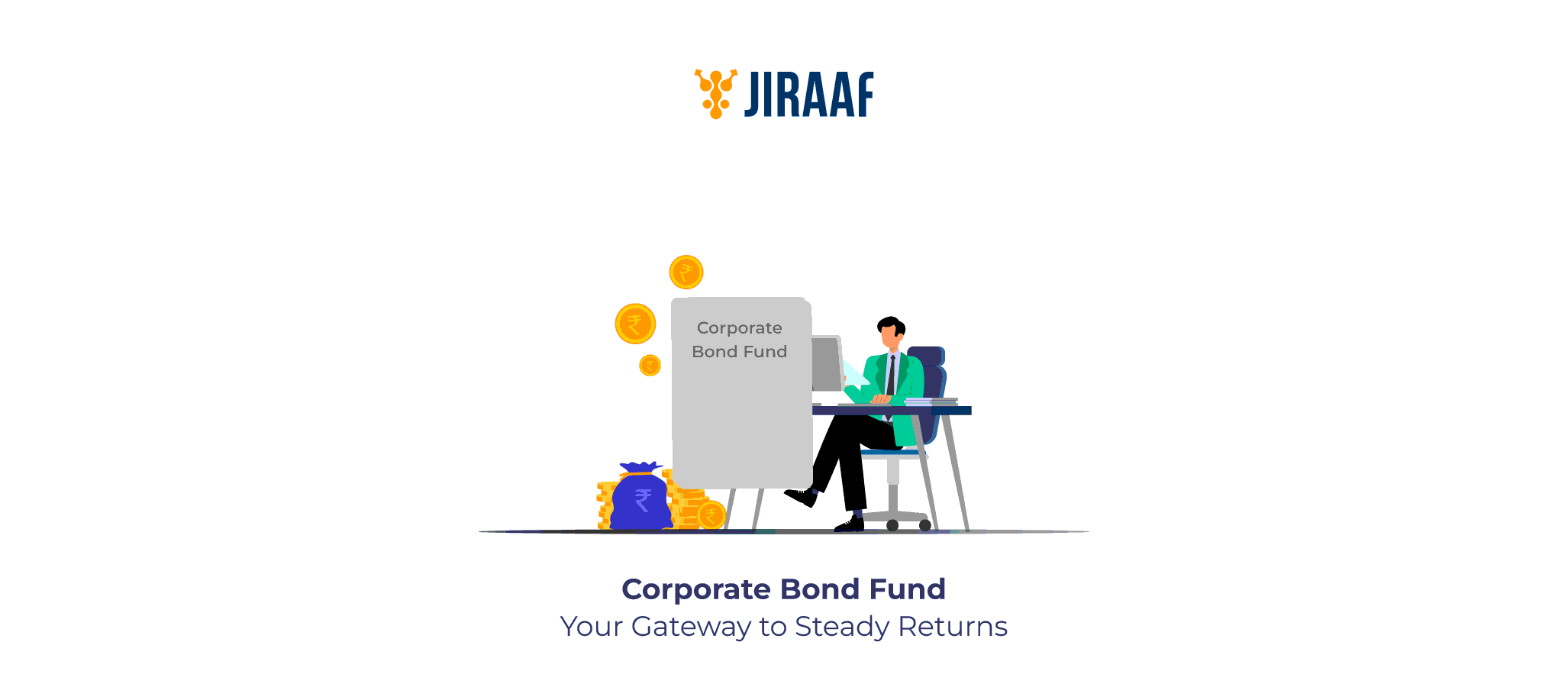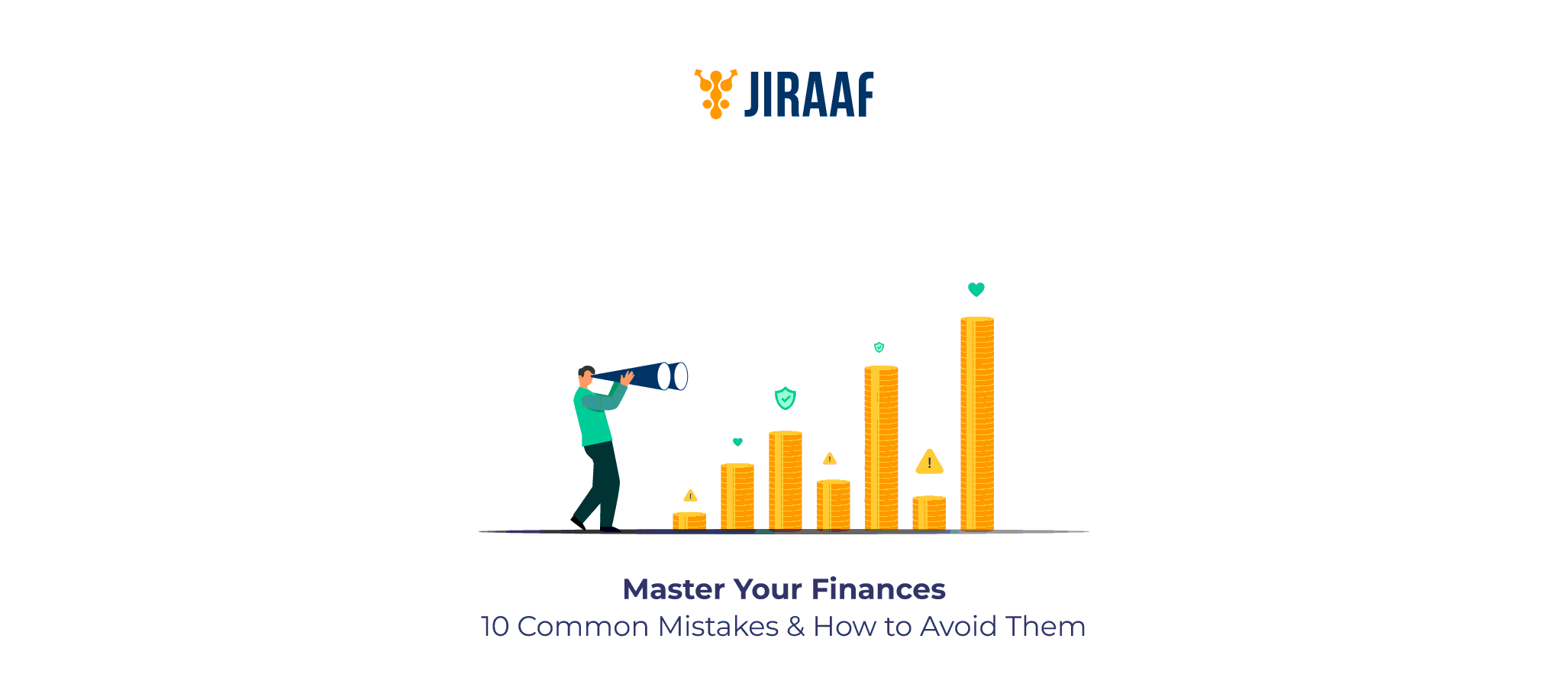It is very common for aspiring debt investors to get confused between bonds and non-convertible debentures (NCDs). Both are debt instruments; both offer fixed interest payouts and both securities have a higher reclaim right on the underlying company’s assets than equity shareholders in case of liquidation.
Yet, when you dig below the surface, NCDs and bonds differ in structure, tenure, risk, redemption, and more. Understanding these differences is crucial as both these instruments work differently and have a direct impact on your portfolio’s return, risk and liquidity.
In this blog, we will discuss the primary difference between NCDs vs bonds, taxation on both securities, and much more. Let’s delve in.
What are Bonds?
Bonds are the most common type of debt securities in India. They work like normal loans you borrow from the bank, but with the roles reversed. Meaning, rather than you paying interest to the bank, bond issuers offer recurring interest payments and a promise of principal amount payback at maturity in exchange of borrowing your money.
Generally, bonds are looked upon as a safer investment option when compared to NCDs. They are issued by governments, private and public companies as well as NBFCs. Bonds are also registered on stock exchanges. So, investors can trade these securities just like shares in the secondary markets.
Some types of bonds like those issued by the government, also known as government bonds, carry minimal risk but offer lower yield between 6% to 7%. On the other hand, corporate bonds, that are issued by private and public companies, offer anywhere between 8% to 15% yields.
Key Features of Bonds
- Credit Ratings: Investment-grade bonds with credit ratings of AAA to BBB– are considered safer, while bonds rated below BB+ are classified as high-yield or “junk” bonds.
- Security: Bonds may be secured (backed by company assets) or unsecured.
- Convertibility: Some bonds are convertible, giving investors the option to convert them into equity shares of the issuer at a pre-decided price, while others remain non-convertible.
Different types of bonds have varying types of repayment structures. Let’s have a look.
Repayment Structures of Bonds
- Callable bonds: Callable bonds allow its issuers to redeem them before maturity under specific conditions.
- Puttable bonds: Puttable bonds give investors flexibility of selling them back to the issuer before maturity under predetermined rules.
- Bullet bonds: Bullet bonds are non-amortizing bonds. Issuers of these bonds pay the entire principal back at maturity.
Now that you have a better understanding about bonds, it is time to understand non-convertible debentures.
What are Non-Convertible Debentures (NCDs)?
Non-convertible debentures or NCDs are mainly issued by corporate organizations. As their name suggests, NCDs are those debt securities that can’t be converted into equity shares. They offset this shortcoming by offering higher returns compared to convertible debentures.
Key Features of NCDs Include
- Issuer base: NCDs are mainly issued by corporates and financial institutions looking to raise debt capital.
- Fixed income: Similar to bonds, NCDs involve regular interest payments along with repayment of principal at maturity.
- Credit ratings: NCDs are also rated by SEBI-registered agencies. Higher-rated NCDs (AAA to A) are considered investment-grade and carry lower risk, while lower-rated NCDs offer higher yields but come with greater risk.
- Liquidity: NCDs can be traded on the stock exchange similar to stocks and bonds.
NCDs also have varying payback options. Let’s have a look.
Payout Options
- Cumulative NCDs: Cumulative NCDs do not give out recurring interest payouts. Instead, this option allows your interest to compound and gives out a lump-sum payment at maturity.
- Non-cumulative NCDs: These NCDs give out periodic interest payouts with interest paid monthly, quarterly, or annually depending on the terms of the issue.
Generally, investors who park their money in NCDs give utmost importance to the credit ratings given to issuers as most NCDs are unsecured. High rated NCDs (AAA to A), also called investment-grade NCDs, generate 10-12% returns on average. Any NCDs below investment-grade is considered junk and highly risky.
Both bonds and NCDs provide investors with salary-like income according to their types. However, these securities differ on a more nuanced level. Let’s discuss.
Key Differences Between NCDs and Bonds?
Non-convertible debentures and bonds are both debt securities issued by organizations to fund operations like business expansion, financing new projects or refinancing existing debt and more. However, both securities differ in terms of structure, features, risks and returns.
Let’s have a side-by-side comparison of these metrics for your better understanding.
| Criteria | NCDs | Bonds |
| Structure | NCDs are purely debt instruments issued by companies as they cannot be converted into equity. | Bonds are generally backed by assets and issued by both governments and companies. They can also be convertible or non-convertible depending on the type. |
| Returns | NCDs offer (typically 10 to 12%) interest to compensate for their non-convertibility. | Bond yields usually hover in the range of 6 to15%. |
| Risks & Safety | NCDs carry higher risk since they are usually unsecured. | Bonds are considered lower risk as they are backed by government guarantees or company assets. |
| Redemption & Maturity | Two types: Cumulative NCDs compound interest for lump-sum at maturity; Non-cumulative NCDs pay periodic interest monthly, quarterly, or annually. | Three types: Callable (issuer can redeem early), Puttable (investor can sell back early), Bullet bonds (principal repaid only at maturity). |
Taxation of NCDs vs Bonds
For Bonds
- Interest Income
Taxed as per your income tax slab (10%, 20%, or 30%).
- Capital Gains on Listed Bonds
Held 12 months or more → Long-Term Capital Gains (LTCG) taxed at 12.5% (no indexation).
Held less than 12 months → Short-Term Capital Gains (STCG) taxed at your slab rate.
- Capital Gains on Unlisted Bonds (from 23 July 2024)
Any transfer, maturity, or redemption → Always treated as STCG (irrespective of holding period).
Taxed at your income tax slab rate.
For NCDs
- Interest Income
Taxed as “Income from Other Sources” at your slab rate (10%, 20%, or 30%).
- Capital Gains on Listed NCDs
Selling within 12 months, STCG taxed at your slab rate.
Selling after 12 months, LTCG taxed at 12.5% (no indexation).
- Cumulative NCDs (interest paid at maturity)
Entire interest is taxed in the year of maturity as per your slab rate.
Wrapping Up: What Should You Choose?
If you are confused between choosing NCDs and bonds, the main question you should ask yourself is, “Which security will safeguard my capital while ensuring steady income?”
NCDs can tempt you by offering attractive yields but they are largely unsecured. On the other hand, bonds offer modest returns, and they are mostly secured. To conclude, you can opt for NCDs if your risk appetite is very high whereas bonds are the ideal option for if you want steady and reliable returns.
